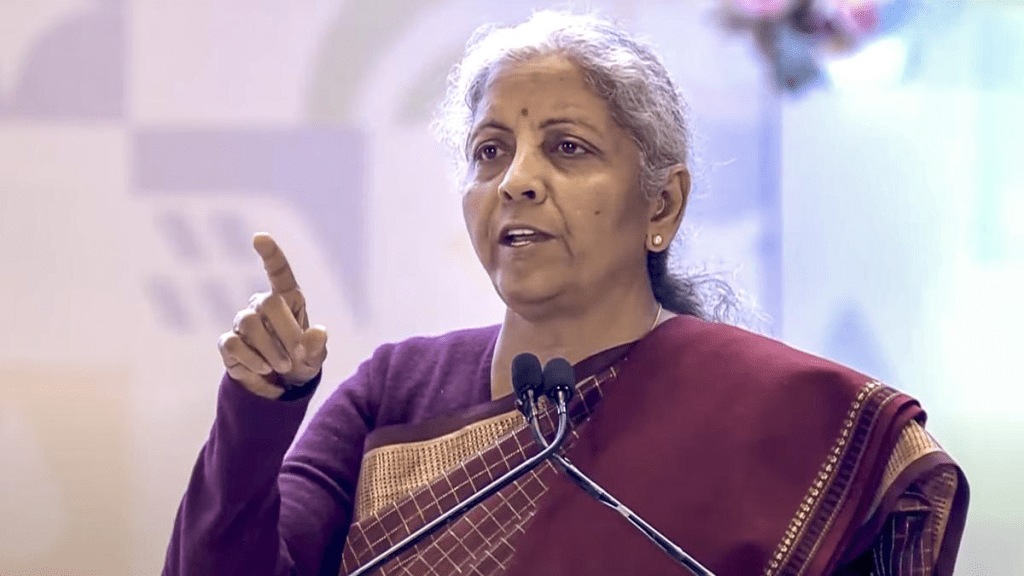Finance Minister Nirmala Sitharaman on Friday tabled India’s Economic Survey for 2024-25 in Parliament, providing an assessment of the performance of the economy in the current financial year. The Survey reviews the current economic performance and identifies national challenges while also suggesting future reforms and growth strategies. The document was prepared by a team led by Chief Economic Adviser V Anantha Nageswaran.
Deregulation to drive growth
The Chief Economic Advsior made a clear case for deregulation. Both in the text of the Economic Survey as well as the media address, V. Anantha Nageswaran highlighted that streamlining regulations, reducing bureaucratic hurdles and fostering a more business-friendly environment are critical. Additionally attracting both domestic and foreign investment to drive economic growth and innovation was also emphasised upon.
FY26 growth projection
According to the Economic Survey, the GDP growth rate in FY26 is pegged at 6.3 – 6.8%, driven by agriculture and services. This comes at a time when India’s GDP has slowed down significantly in the recent past. In Q2, India’s GDP slumped to 5.4 per cent.
Retail inflation to soften
Per the Economic Survey, India’s retail inflation will align progressively with the target of RBI’s threshold of 4 per cent.
Outlook for FY26
The Economic Survey gave a balanced outlook with headwinds from global uncertainties and commodity price shocks. Domestically, investment pick-up, improved consumer confidence, and corporate wage growth are key for promoting growth, it said. It added that rural demand and stable macroeconomic conditions offer upside potential, while maintaining that there is a need for structural reforms and deregulation to enhance global competitiveness.
Unemployment rate
Unemployment Rate (UR) for individuals aged 15 years and above, has steadily declined from 6 per cent in 2017-18 to 3.2 per cent in 2023-24. Net additions to EPFO subscriptions have more than doubled, rising from 61 lakh in FY19 to 131 lakh in FY24, indicating the formalization of the job market, it said. Nearly 61 per cent of net payroll additions came from less than 29 years of age indicating that new jobs in the organized sector are going to the youth.
Per the Economic Survey, the proportion of self-employed workers in the workforce has risen from 52.2 per cent in 2017-18 to 58.4 per cent in 2023-24 which reflects the growing entrepreneurial activity and preference for flexible work arrangements.
